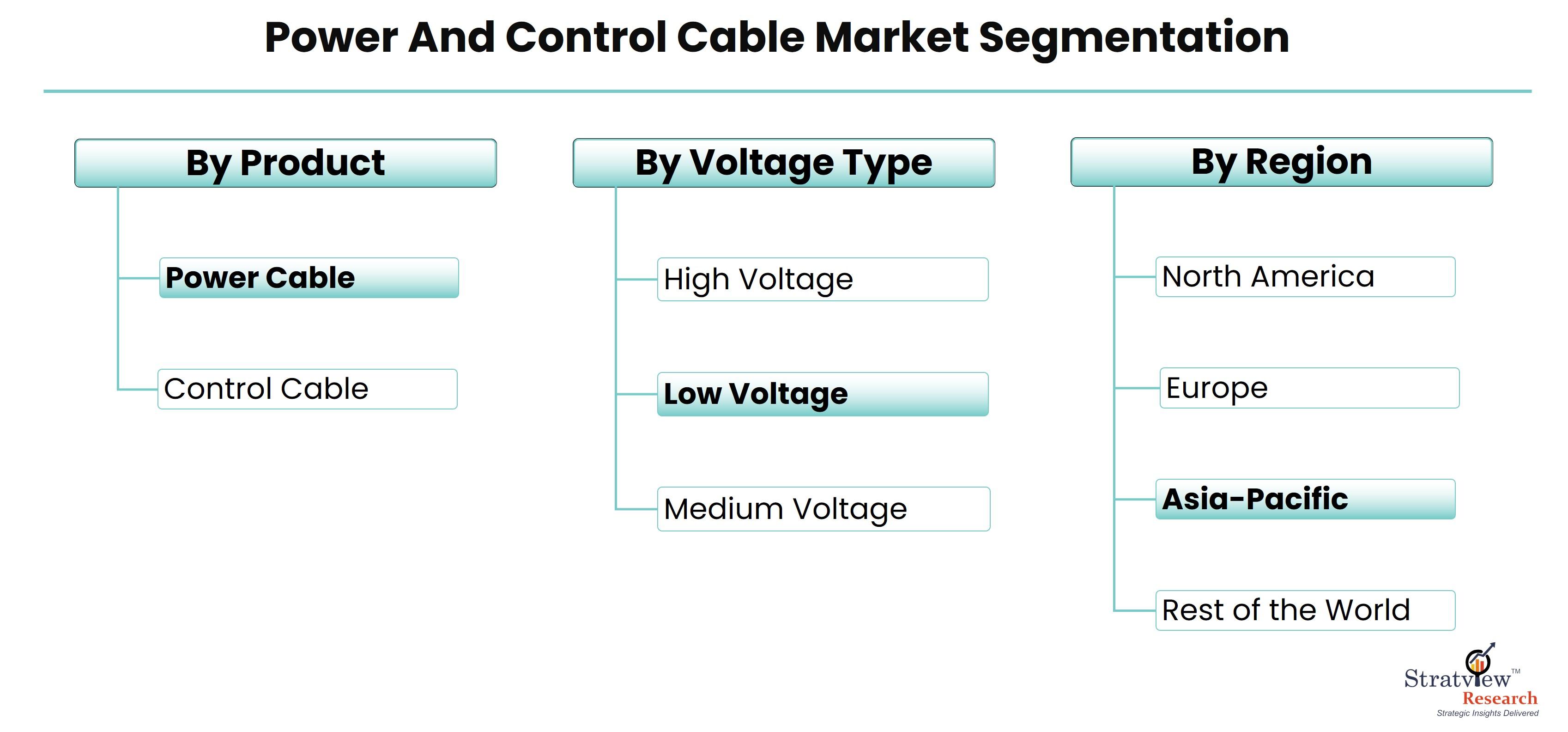The power and control cable market is experiencing significant growth globally, driven by a combination of factors such as expanding infrastructure projects, the rising demand for electricity, the shift towards renewable energy, and the digitalization of industries. These cables, essential for transmitting electrical power and controlling machinery, are at the core of modern energy and industrial systems. Understanding the key drivers behind this market’s growth helps in identifying its future trajectory and the opportunities that lie ahead.
According to Stratview Research, the power and control cable market was estimated at USD 125.5 billion in 2022 and is likely to grow at a CAGR of 6.78% during 2023-2028 to reach USD 186.75 billion in 2028.
Infrastructure Development
One of the primary drivers of growth in the power and control cable market is the rapid pace of infrastructure development across the globe. Emerging economies in Asia-Pacific, Latin America, and Africa are investing heavily in new construction projects, including roads, airports, residential complexes, and industrial zones. These large-scale infrastructure projects require substantial amounts of power and control cables to ensure stable energy transmission and the smooth operation of equipment and machinery. Additionally, urbanization and population growth are driving the need for expanded power grids and telecommunications networks, further boosting demand for these cables.
Renewable Energy Expansion
As the world transitions towards cleaner energy sources, the demand for power and control cables is surging. Renewable energy projects such as wind, solar, and hydropower require specialized cables to transfer power from generation sites to grids and eventually to end users. Governments around the world are setting ambitious targets to increase their renewable energy capacity, prompting a corresponding increase in the demand for cables that can handle fluctuating power loads efficiently and reliably. The renewable energy sector is expected to remain a significant growth driver for the power and control cable market in the coming years.
Industrial Automation and Smart Grids
The increasing adoption of industrial automation and the development of smart grid technology are also key drivers for the power and control cable market. As industries embrace automation and digitalization, there is a growing need for control cables that can efficiently manage and coordinate complex machinery and processes. Smart grids, which optimize the distribution of electricity and integrate renewable energy sources, require advanced power cables to ensure seamless connectivity and real-time data transfer. These trends are accelerating the demand for both power and control cables across various sectors, including manufacturing, automotive, and energy.
Expansion of Data Centers and Telecommunications
The surge in data usage, driven by the proliferation of smartphones, IoT devices, and cloud computing, is another key factor driving the growth of the power and control cable market. Data centers, which house vast amounts of data, require reliable power and control systems to maintain uptime and ensure data security. With the expansion of 5G networks and the increasing reliance on digital infrastructure, the demand for cables that support the continuous flow of data is expected to rise steadily.
Conclusion
The power and control cable market is poised for strong global growth, fueled by expanding infrastructure, the rise of renewable energy, industrial automation, and the growing digital economy. As the world continues to modernize and shift towards greener and smarter systems, the demand for reliable and efficient power and control cables will only increase, making this market a critical component of future technological and industrial advancements.


